Improve COPD Symptoms With These Activities
Chronic obstructive pulmonary disease, or COPD, is a term used to describe a set of lung diseases that cause respiratory problems by blocking airflow and making it hard to breathe. Diseases associated with COPD include some forms of bronchiectasis, refractory (non-reversible) asthma, emphysema, and chronic bronchitis. It is estimated that over thirty million people in the United States have COPD, but half of them do not know it. The following suggestions may help reduce COPD symptoms and improve breathing.
10. Definition
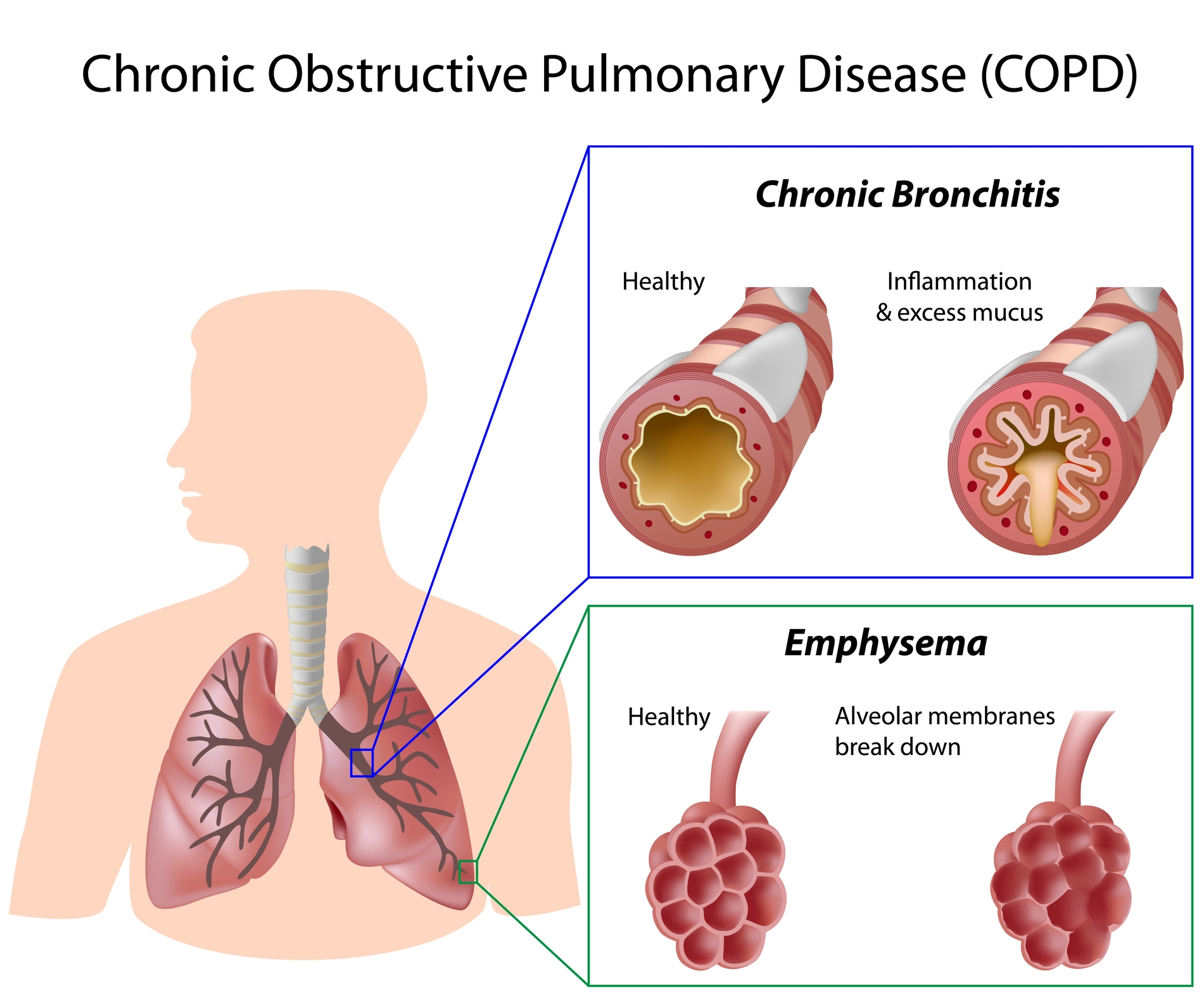
COPD is a chronic inflammatory lung disease resulting in the obstruction of airflow from the lungs, making it hard to breathe. The two most common types of CODP include chronic bronchitis and emphysema. Both conditions are characterized by damage to the lungs that prevent proper respiratory functioning. Long-term complications of COPD may include heart disease, lung cancer, and several other chronic conditions. COPD is treatable when caught in its early stages by changing lifestyle habits, avoiding certain triggers, and performing special exercises.
9. Symptoms
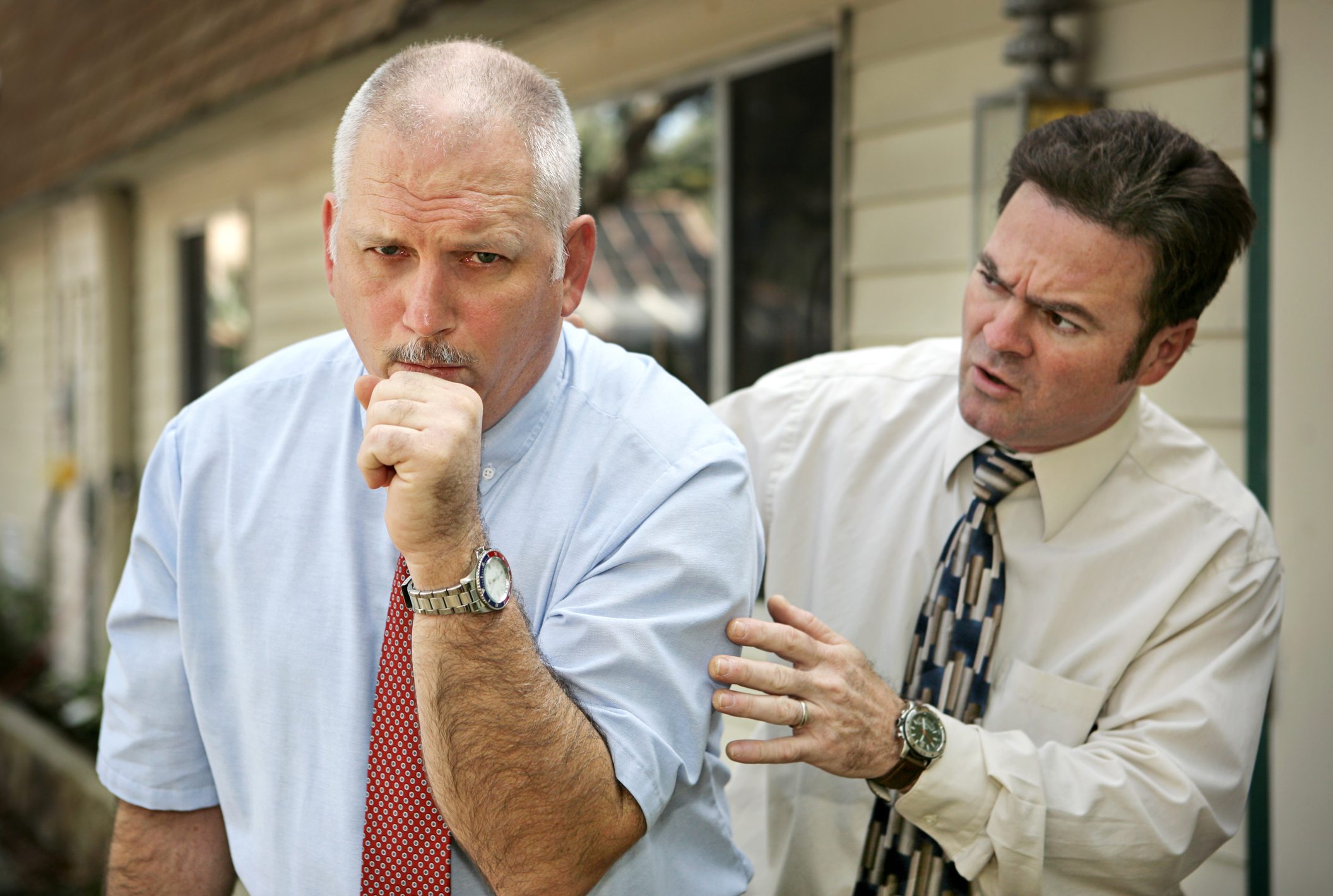
People with COPD may experience exacerbations, which are episodes or flares characterized by the worsening of symptoms for several days. Many people live with COPD for several years without knowing it as symptoms sometimes do not appear until later stages of the disease. The main symptoms include a daily cough and mucus production at least three months a year for two years straight. Other symptoms may include chest tightness, wheezing, shortness of breath, lack of energy, and swelling in the limbs, feet or ankles.
8. Causes

Tobacco smoke is the leading cause of COPD in developed countries. In developing countries, exposure to fumes from burning fuel for cooking or heat from poorly ventilated homes commonly cause COPD. Approximately twenty to thirty percent of chronic smokers may develop COPD. Even if a smoker is not diagnosed with COPD, they may eventually develop reduced lung function. Other smokers will develop less commonly known lung conditions or may be misdiagnosed. Genetics can also play a role in COPD even if a person has never been exposed to fumes or smoke.
7. How COPD Obstructs Airway Flow
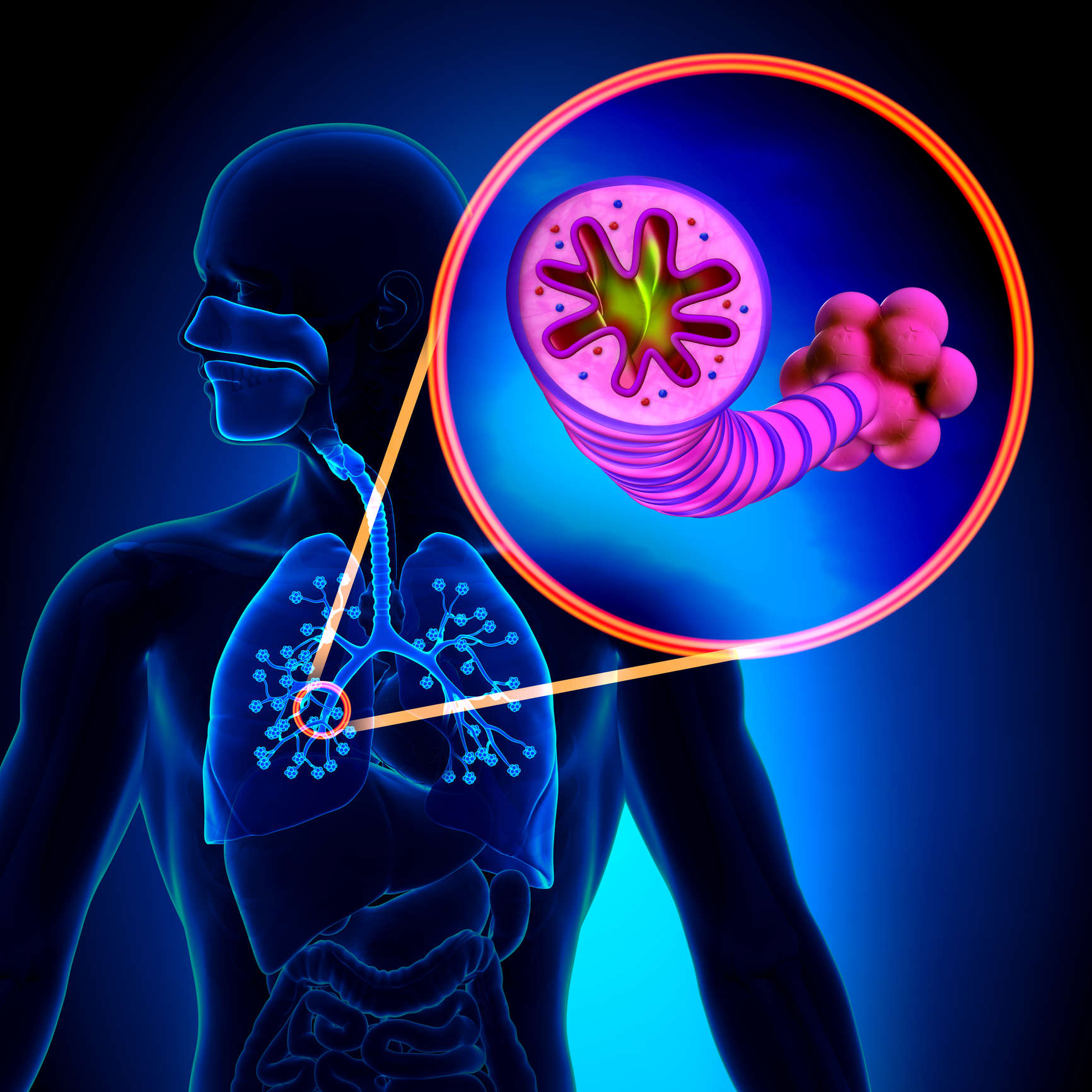
Inhaled air travels down the trachea or windpipe and into the lungs through two large tubes known as the bronchi. Once inside the lungs, the bronchi divide air into smaller tubes called the bronchioles where air eventually ends up in the tiny clusters of air sacs known as the alveoli. These air sacs contain small blood vessels that pass oxygen through to the bloodstream. Also during this time, carbon dioxide is exhaled through the lungs. COPD causes lungs to over expand and lose their elasticity, leaving some air trapped in the lungs upon exhaling. This results in shortness of breath.
6. Complications
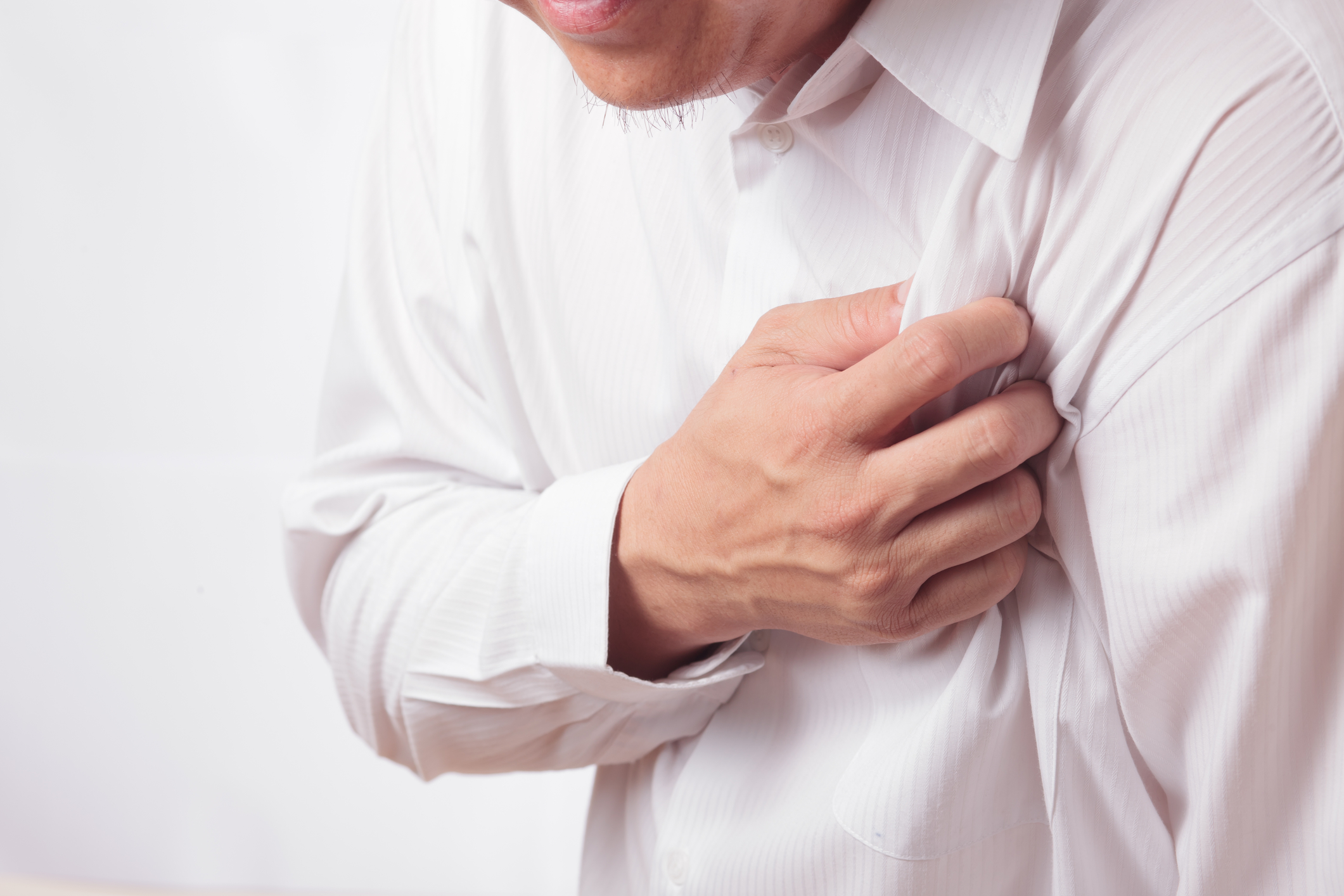
If left untreated, COPD may lead to an increased risk for respiratory infections, such as the common cold, flu, and pneumonia. It can also cause heart problems by increasing the risk of heart disease, heart attack, and stroke. Quitting smoking has been shown to reduce this risk. COPD may also cause lung cancer and pulmonary hypertension, which is a condition characterized by high blood pressure in the arteries responsible for bringing blood to the lungs. Difficulty breathing can result in depression as the person affected may no longer be able to do the things they enjoy.
5. Treatment
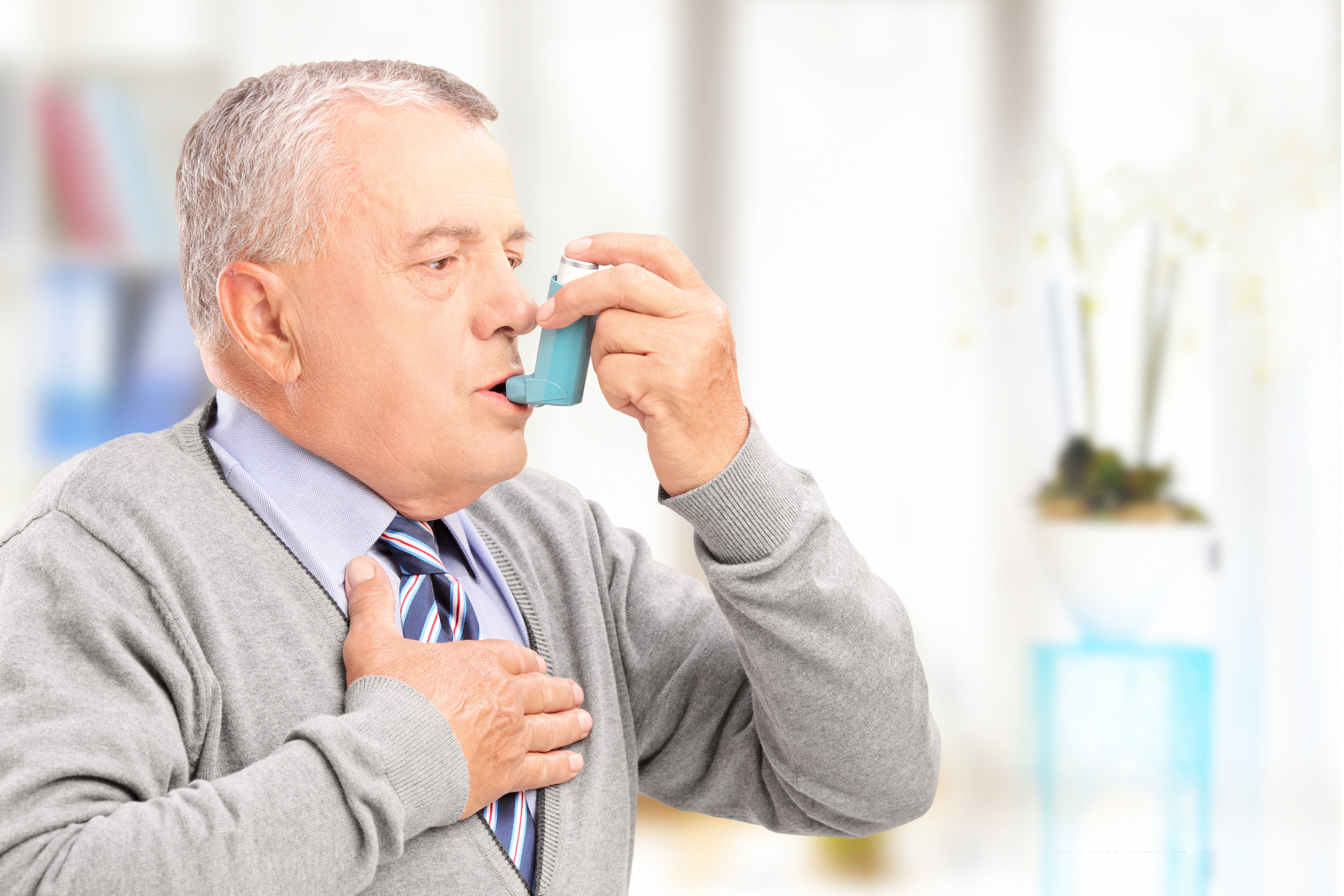
Certain medications are available to treat COPD. Bronchodilators usually come in inhaler form and help relax the muscles around the airways to relieve shortness of breath and coughing. Depending on the severity of the disease, inhalers may be needed before performing daily tasks, or they can be used on an as-needed basis. Inhaled corticosteroid medications and oral steroids are available to reduce airway inflammation and reduce exacerbations. Phosphodiesterase-4 inhibitors are designed to treat chronic bronchitis, and theophylline is an inexpensive drug that may help improve breathing.
4. Avoid Smoking

COPD is more prevalent in people over the age of forty or who have a history of smoking. Although not everyone who smokes will develop COPD, approximately ninety percent of individuals who have the disease are either current or past smokers. The best way to prevent or treat COPD is to quit smoking immediately. Limiting exposure to harmful pollutants in the workplace, including dust, fumes, or chemicals may also help reduce COPD symptoms. Avoid long-term exposure to secondhand smoke or other lung irritants in the home to improve breathing conditions.
3. Exercise Cautiously
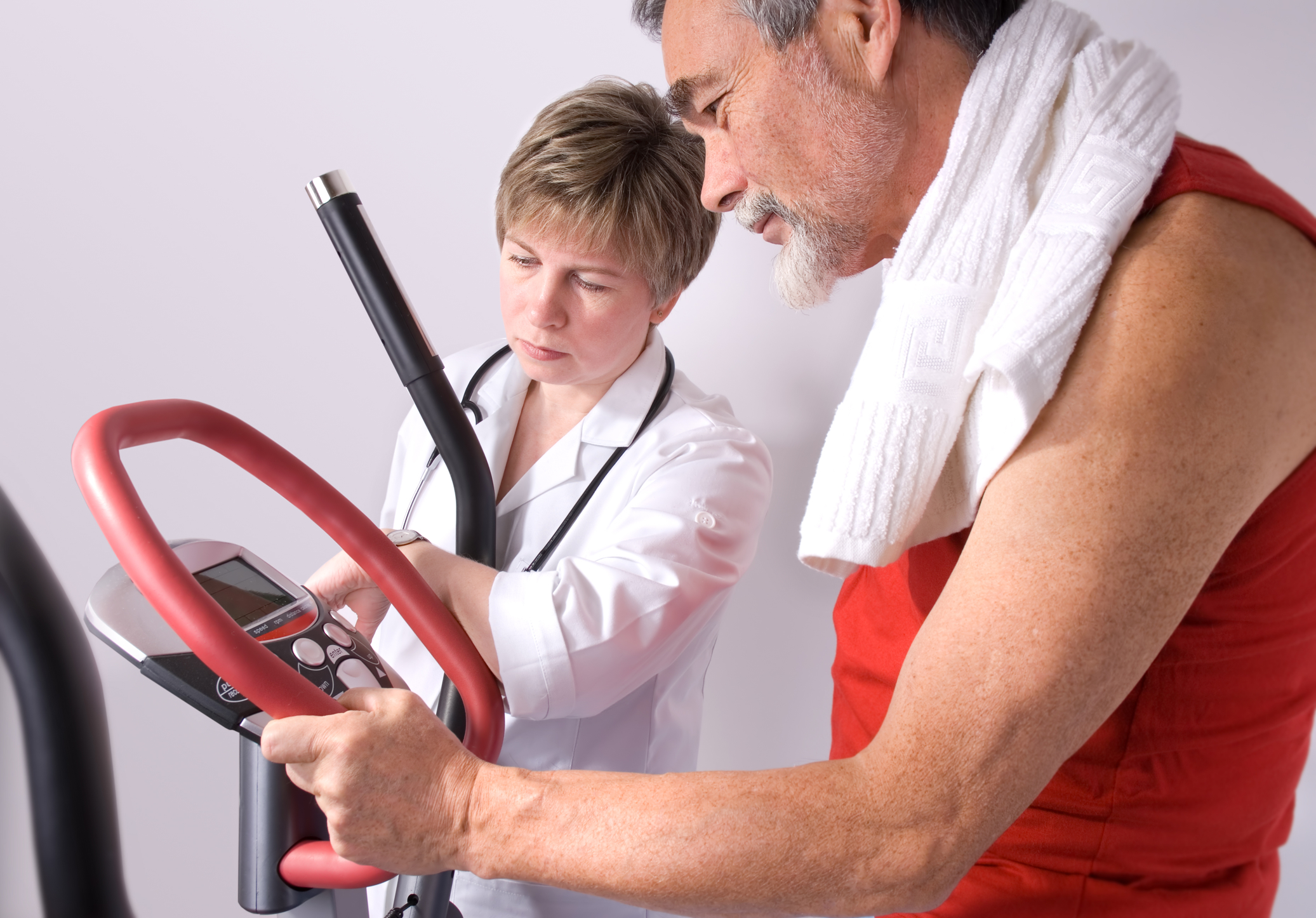
Exercise alone cannot cure COPD, but it can enhance breathing conditions and strengthen lung health, which can help reduce shortness of breath and other symptoms. Because of their condition, many people with COPD tend to avoid activity to the point of progressive deconditioning, which is a term used to describe the loss of fitness from lack of physical activity. Work with a doctor to develop an exercise routine that starts slow and gradually increases over time. Exercising for three days a week may help improve COPD symptoms, but should be done carefully or with caution.
2. Pursed Lip Breathing Exercises
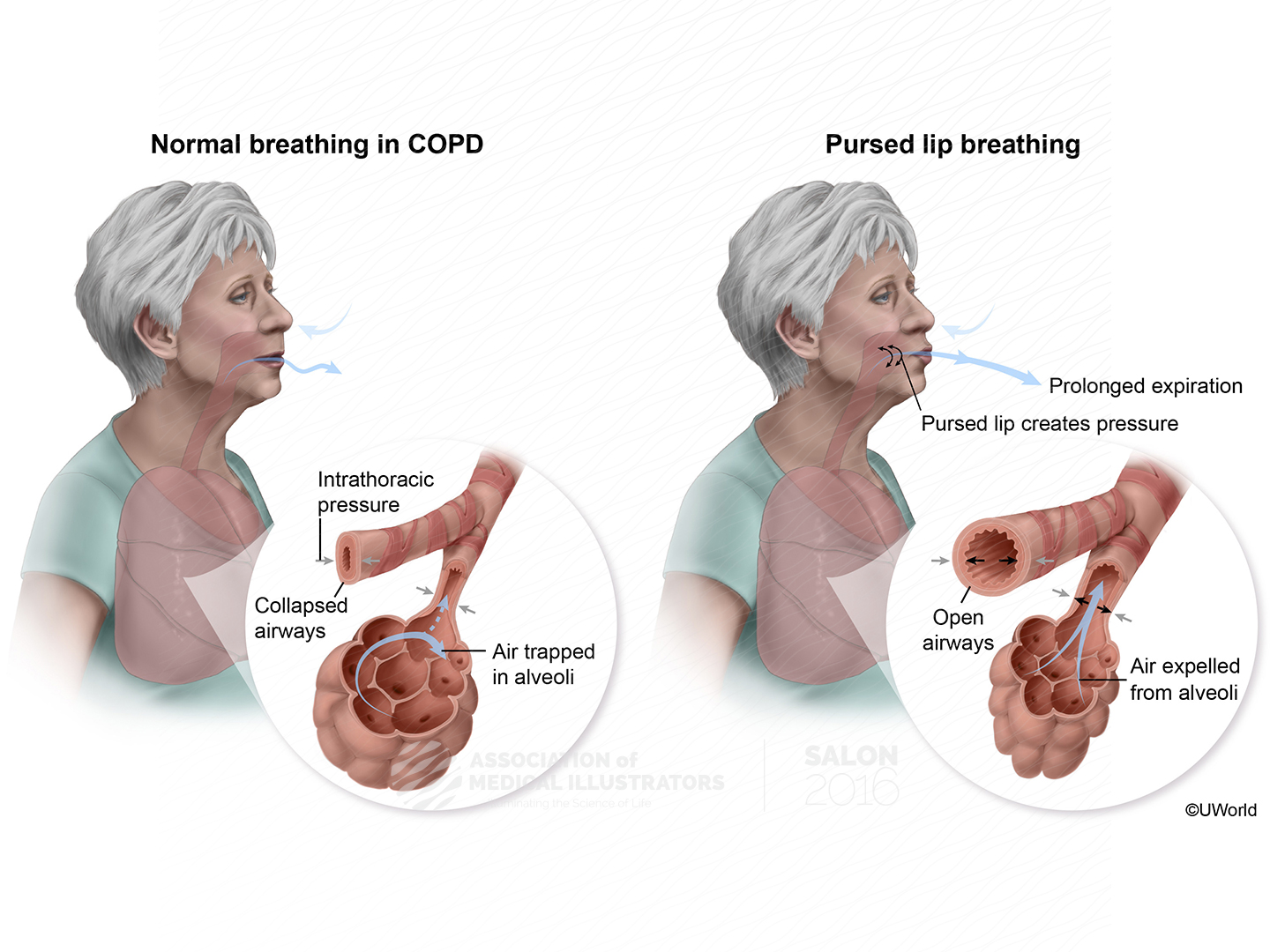
Two types of breathing exercises can be done to treat COPD symptoms, improve lung strength, reduce shortness of breath, and help breathe easier: pursed-lip breathing and diaphragmatic breathing. To practice pursed-lip breathing, relax the neck and shoulders. Breathe in through the nose for two seconds while keeping the mouth closed. Exhale for four seconds through pursed lips. Use this breathing technique up to four times a day when exercising or whenever there is shortness of breath.
1. Diaphragmatic Breathing
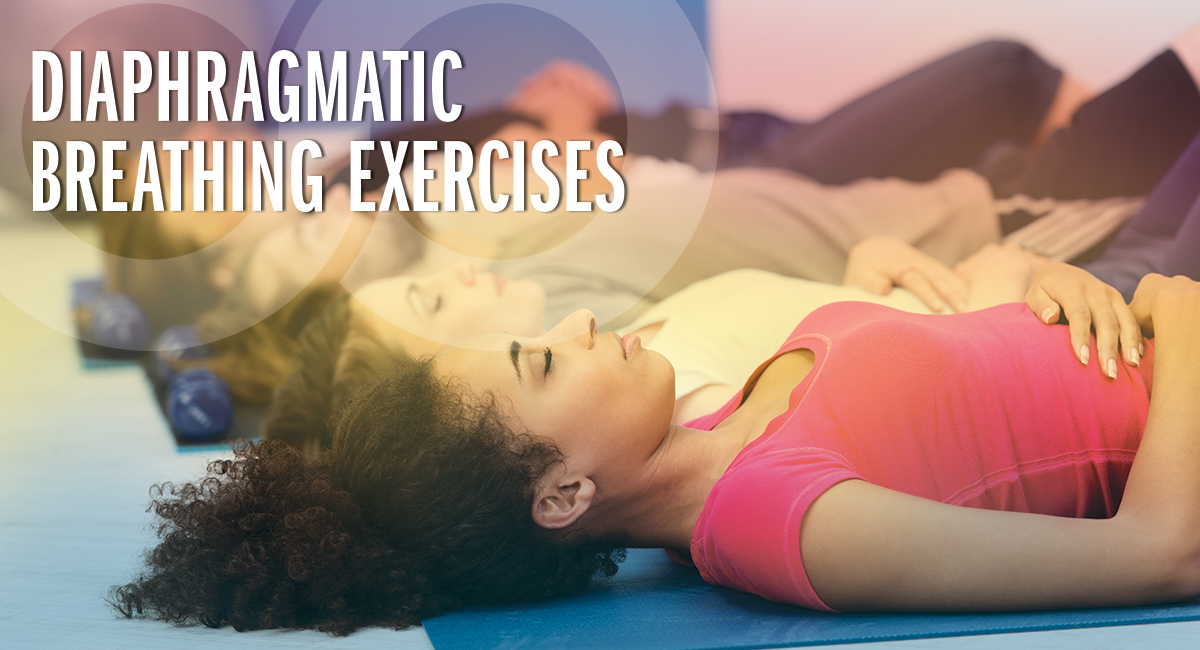
To practice diaphragmatic breathing, lay down on the floor with bent knees. It may help to place a pillow under the knees for support. Place one hand on the stomach just below the rib cage and the other on the chest. Inhale through the nose for a count of three. While inhaling, the stomach and lower ribs should rise, but the chest should remain still. Tighten the stomach muscles and exhale for a count of six through lips that are slightly puckered.